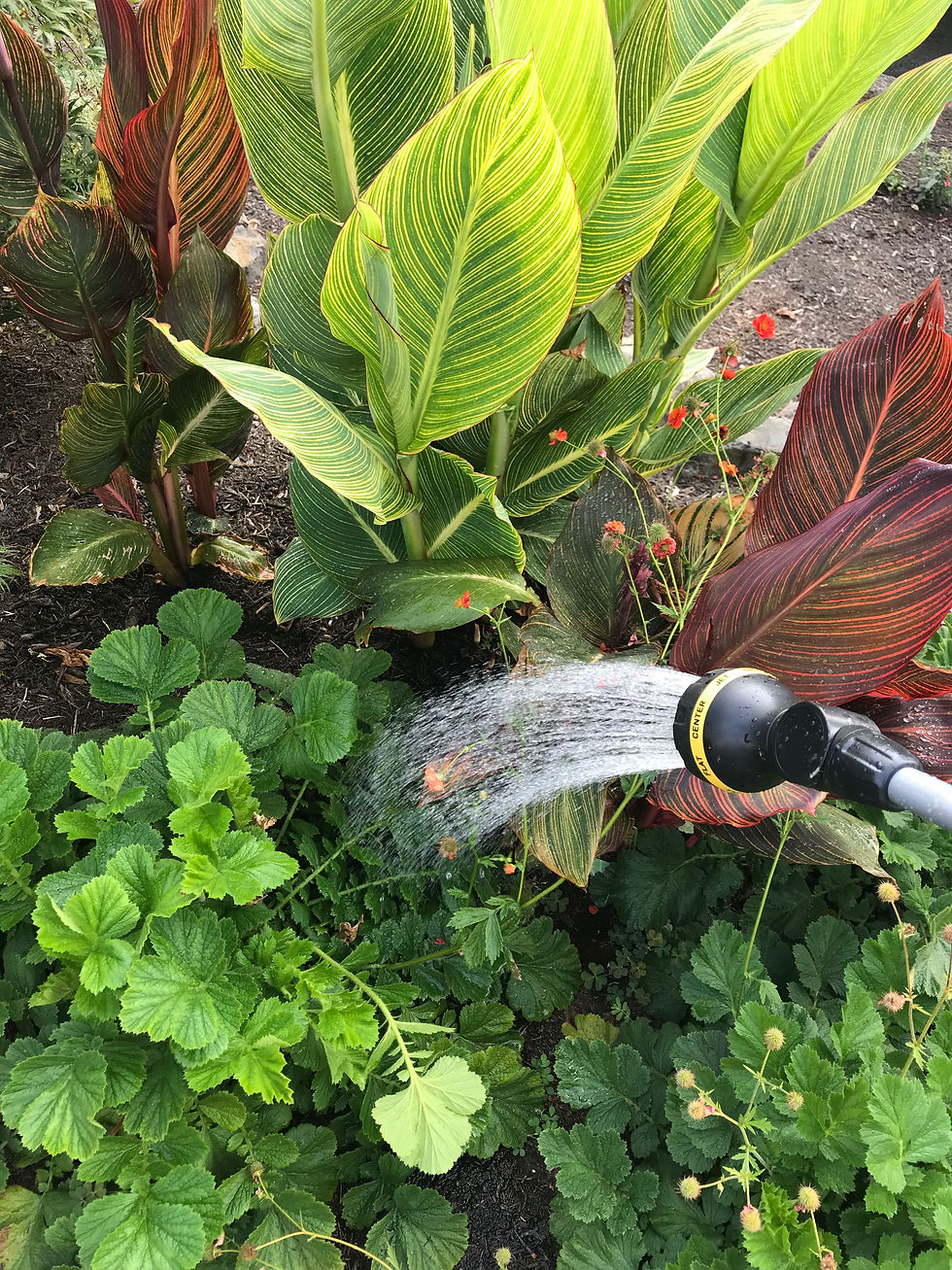The Year in Raspberries
- Karla Kramer

- Jul 22, 2018
- 2 min read

This year, 2018, has been the year of beginnings for many things at our Little House on the Corner, Casa Wallula. The existing Raspberry Patch was a little square of plants that had been there for awhile and were sadly in a lot of shade from the towering Arborvitae hedge. It did manage to squeak out a tiny crop for us the very first year we were here.
However, we knew that there were bigger and better results just waiting to be revealed if we could relocate the Little Patch to a sunnier location.
We dug enough canes for one single row in our newly tilled garden bed (in full sun and newly ammended soil), planted them between two steel posts, and we stretched some heavy duty wire between, one high line of wire and one down lower. We carefully tied (loosely, mind you) the canes to the wire to make sure they stayed put. This was in February.
We started to see some new growth, and excited we made another set up for the second row. We rescued enough Raspberry plants for yet another row, and we were really excited. This was in April.
When the rains were not as often, we made sure they got regular water, as they need the water to produce the fruit.
We did not know what to expect. Would our new crop be tiny? Would the berries be HUGE in the new location? We watered and side-dressed with good compost. In late May we noticed LOTS of blossoms and the bees went crazy. Soon, we were amazed to see that our little Rasperberry plants were loaded....yes, LOADED with tiny green berries!

So. The second row of Raspberries were prolific, exceeding the first row in quantity of berries. Curious, as it as the latest row to be transplanted and we figured might lag behind the first row due to being lesser established.
We got FIVE large bowls of Raspberries from our two little rows!! We ate some, froze some, shared some. The berries were tiny but abundant!
NEXT YEAR: We will cut the old, tired, spent canes (brown canes) down to the ground in the Fall, preserving the newer, greener canes from this Spring's growth (Primocanes). Primocanes are the new, vegetative growth that come up in the Springtime. They do not produce fruit this first year; however the following Spring they will have aged to a brown cane color and will then become Floricanes, which produce the fruit.
In January/February we will remove completly some of the Floricanes leaving only 6 Floricanes per foot approximately. Reducing the quantity of these canes will make larger berries, which we want.
We also will cut the tops off each remaining Floricanes, no more than 25% (more than that might cause them to not produce).






Comments